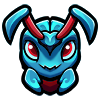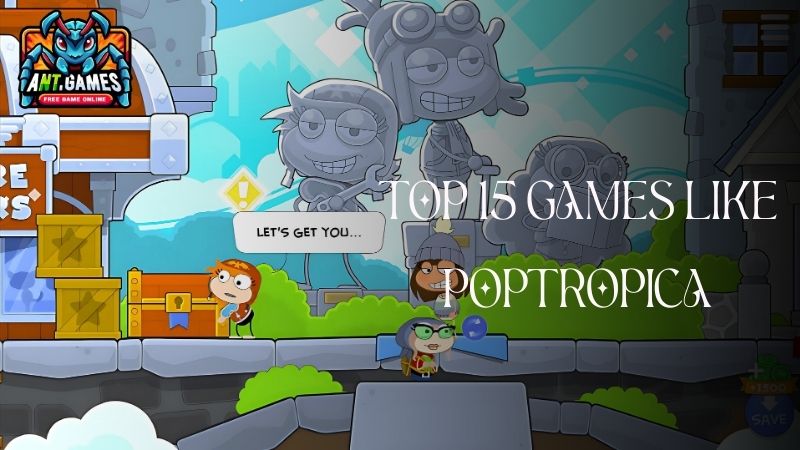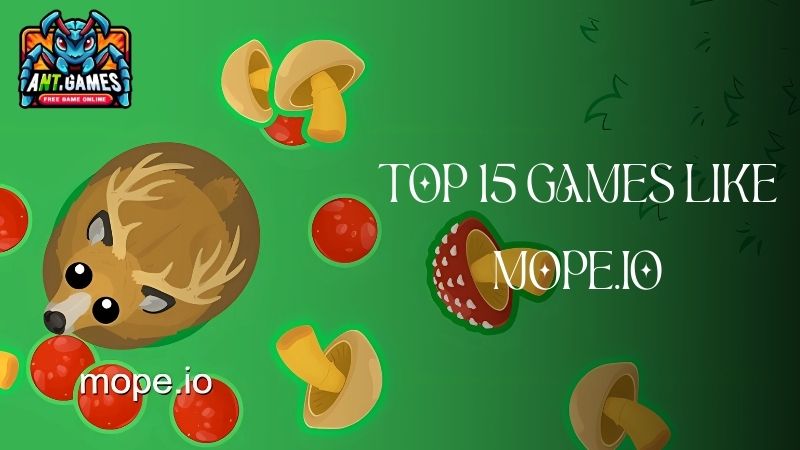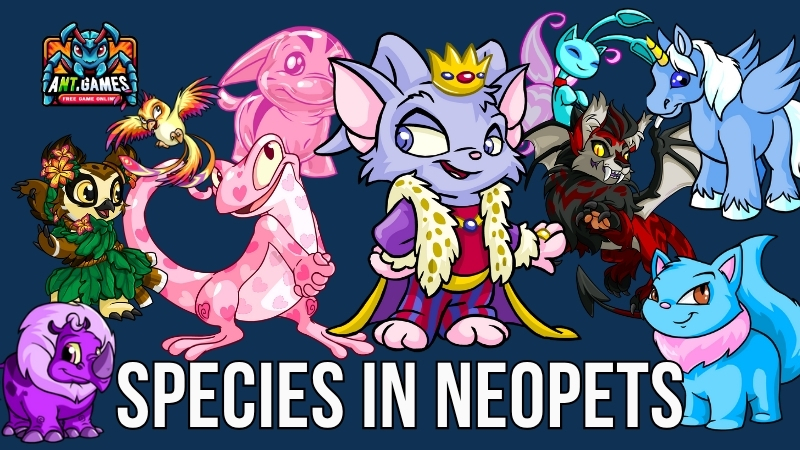Neopets is a vibrant virtual world teeming with a wide variety of species, each offering unique characteristics and abilities. As of now, there are 56 adoptable species of Neopets, ranging from the graceful Uni to the mischievous Meerca. Each species adds depth and excitement to the game, with distinct traits that enrich the Neopian experience. Whether they can fly, swim, or jump, each Neopet brings something special to the table, making the world of Neopia diverse and dynamic.
In this article, AntGames explores these fascinating species in detail, providing insight into their origins and designs. We’ll guide you through the various Neopet species, from the oldest to the newest, offering a closer look at their evolution and special traits. So, let’s dive into the rich world of Neopets and explore each species’ charm and uniqueness!
Acara
The Acara is a medium-sized, furry Neopet known for its distinctive shell-like ears and flexible horns that sway with movement. Discovered on April 28, 2000, the Acara is an excellent swimmer, which is celebrated during the Acara Aquatic Festival. Despite its appearance as a land mammal, the Acara thrives underwater, showcasing its versatility. Over the years, the Acara has undergone several redesigns, including the addition of horns and a pink nose, distinguishing it from its original version, the Tigren.
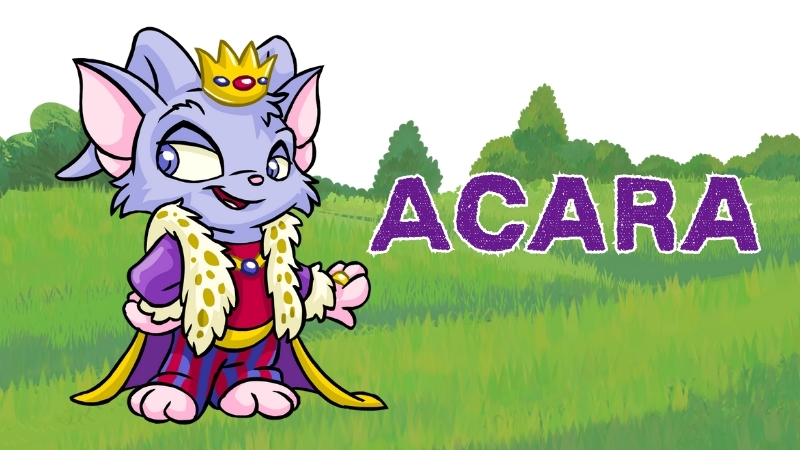
Aisha
The Aisha is a magical, four-legged Neopet known for its distinctive extra ears and unique, half-closed eyes. These medium-sized creatures are highly agile and possess a natural aptitude for magic. Aishas are often seen gazing at the stars, which they hold a special affection for, symbolizing their deep connection to the night sky. Over time, Aishas have evolved in appearance, with their bodies becoming more refined and their iconic Aisha collar becoming a signature accessory.
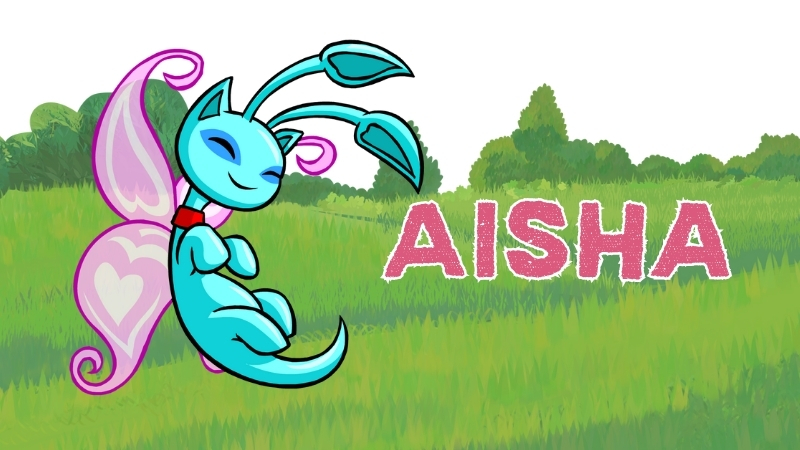
Blumaroo
The Blumaroo is an energetic and joyful Neopet, known for its springy tail and love for jumping. With its soft fur, large ears, and long drooping nose, the Blumaroo is a standout character in Neopia. Naturally optimistic, Blumaroos enjoy simple pleasures like music, acrobatics, and dice games. Native to Roo Island, they are agile and often seen bouncing around, showcasing their impressive jumping skills.
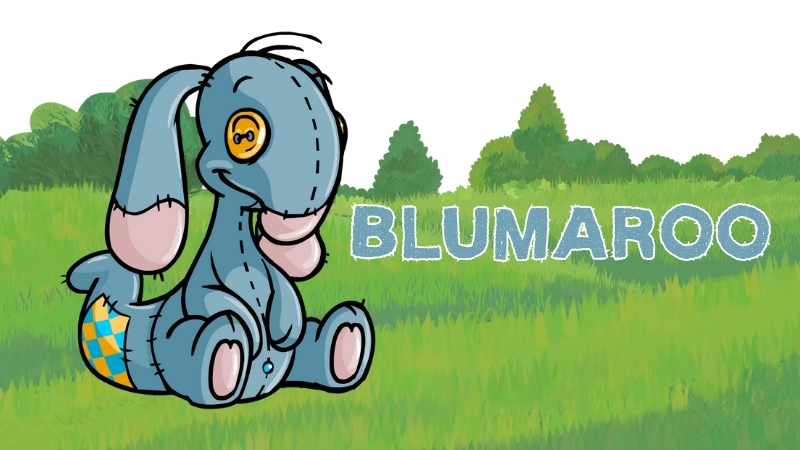
Bori
The Bori is a unique, quadruped Neopet that stands out for its tough, armor-like plates on its back, fluffy chest, and large ears. Known for its digging skills and athleticism, the Bori excels at winter sports like skiing, skating, and dancing. It hails from the Ice Caves deep beneath Terror Mountain, where it thrives in cold, underground environments. Though timid and reclusive, the Bori is known for its resilience and loyalty.
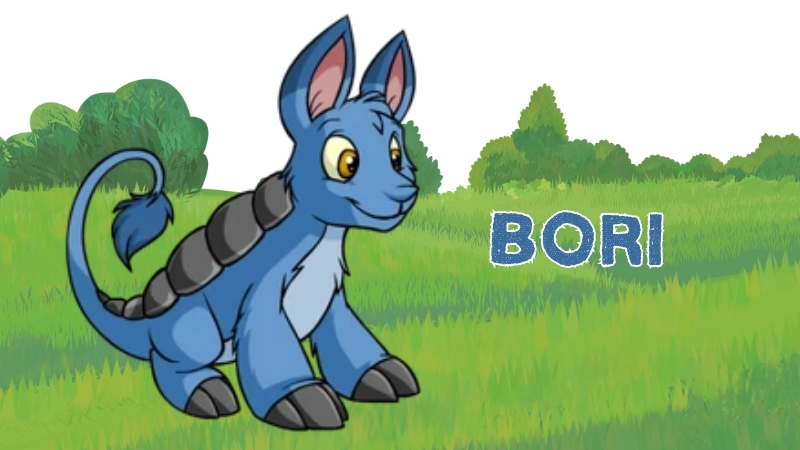
Bruce
The Bruce is a feathered, medium-sized Neopet recognized by its large, flat feet, stubby wings, and lack of a tail. Bruces are native to Terror Mountain and the snowy region of Happy Valley, where they enjoy activities like skating and sliding on ice. Known for their competitive spirit, Bruces love engaging in challenges, from skating contests to snowball fights. Despite their seemingly awkward appearance, they are surprisingly graceful on the ice.
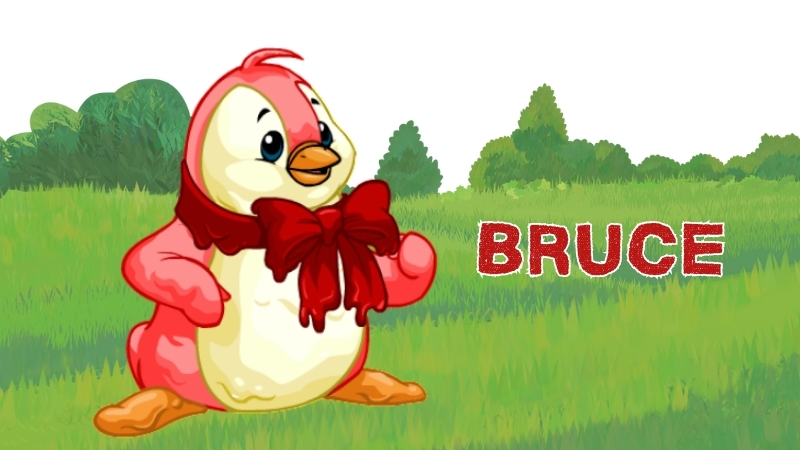
Buzz
The Buzz is a scaly Neopet with four translucent wings, spiked ridges along its head and spine, and enormous pupil-less eyes. This medium-sized Neopet is known for its agility in the air and excellent vision, both day and night. Buzzes are native to the tropical regions of Neopia and are especially fond of exotic fruits like Tigersquash, and sugary treats like the popular Buzz-brand honey. Despite their fastidiousness about their appearance, they are not deterred by dirt or bad smells.
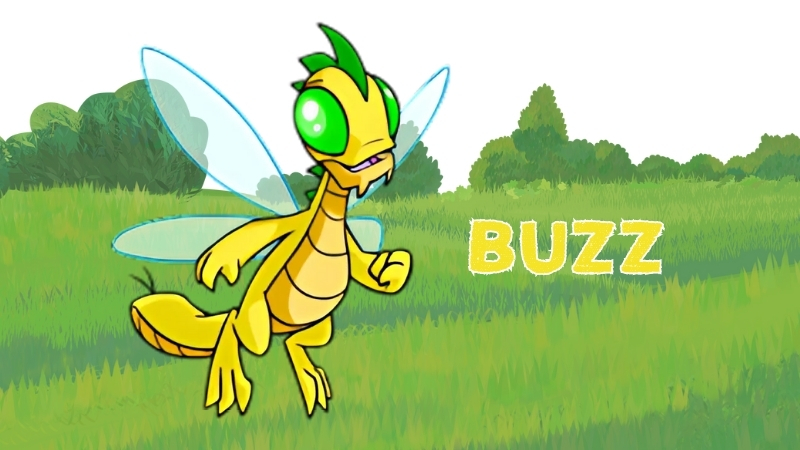
Chia
The Chia is a distinctive, smooth-skinned Neopet with a fluffy crest of fur and a round, chubby body. Known for their cheerful and sociable nature, Chias are medium-sized creatures that enjoy bouncing up and down for fun. Native to Neopia Central, they are particularly fond of trampolines. The Chia’s shape can vary significantly, especially when transformed by Magical Chia Pops, which turn them into fruits or vegetables. Chias were one of Neopia’s prehistoric pets, beloved by one of Neopia’s founders, Adam Powell, and have remained a beloved mascot ever since.
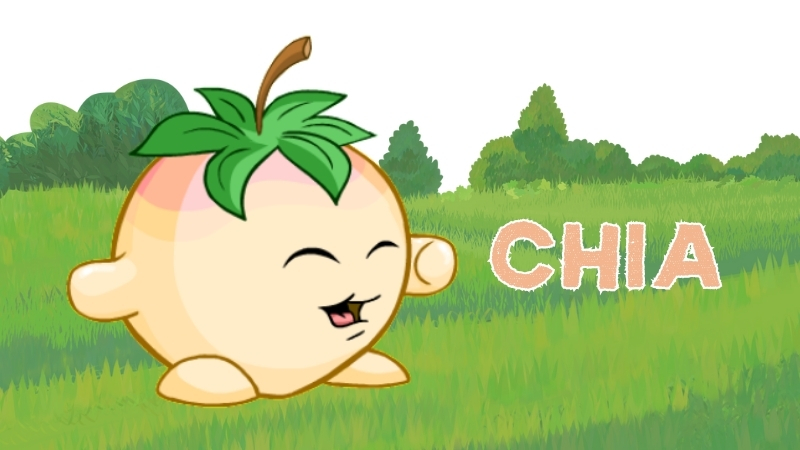
Chomby
First discovered on March 22, 2001, the Chomby followed the discovery of Tyrannia, which was revealed after an earthquake opened the path. The Chomby is a stout, quadruped Neopet with a smooth, scaly body and a long neck. Easily recognized by the stiff plates along its spine, the Chomby is a sturdy creature with a heavy tail. Native to the jungles of Tyrannia, these Neopets are known for their enormous appetites, as they thrive on the thick vegetation of their homeland. Despite their formidable build, Chombies are surprisingly shy and timid but are very friendly once they warm up to others. They have a unique phobia of the fungus ball, a common growth in their homeland.
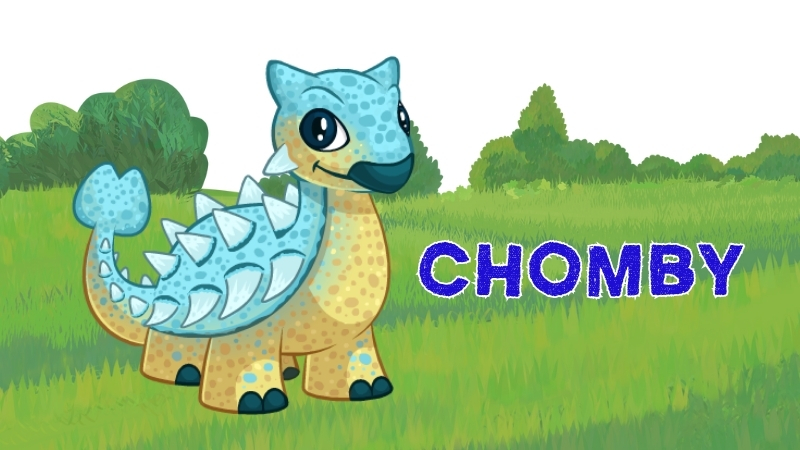
Cybunny
The Cybunny is a playful, furry Neopet with large ears, a ruff of fur around its neck, and strong hind paws that make it a fantastic jumper. Native to the cold regions of Neopia, Cybunnies have thick fur that keeps them warm in the winter months. Their love for root vegetables like carrots and their affinity for bounding around in the snow make them an energetic and charming species. The Cybunny’s name comes from a combination of “bunny” and “cyberspace,” reflecting its playful and digital nature. First discovered on July 10, 2000, Cybunnies have remained one of the most popular Limited Edition Neopets.
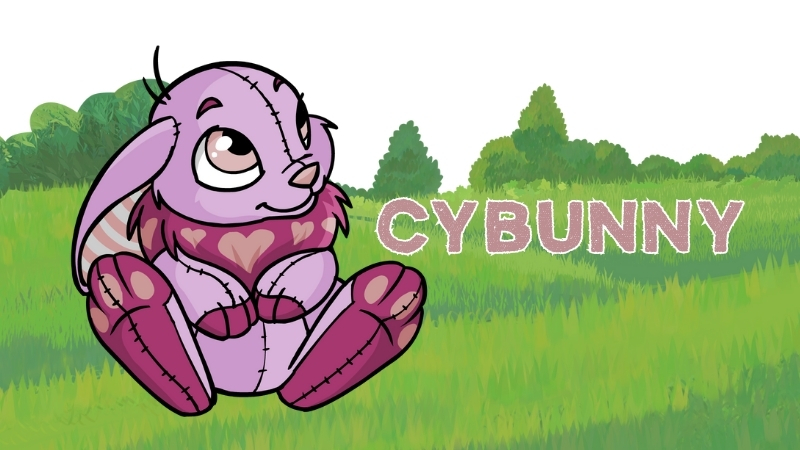
Draik
The Draik is a striking Neopet with scaly skin, large split ears, whiskers, and wide wings that make it easily recognizable. These pets are native to Meridell, where they are born from large eggs found in dark, secluded places. To hatch a Draik, these eggs must be brought to the Draiks’ Nest, a secret location passed down through generations. Known for their flying skills, Draiks enjoy performing aerial stunts and exploring new places across Neopia.
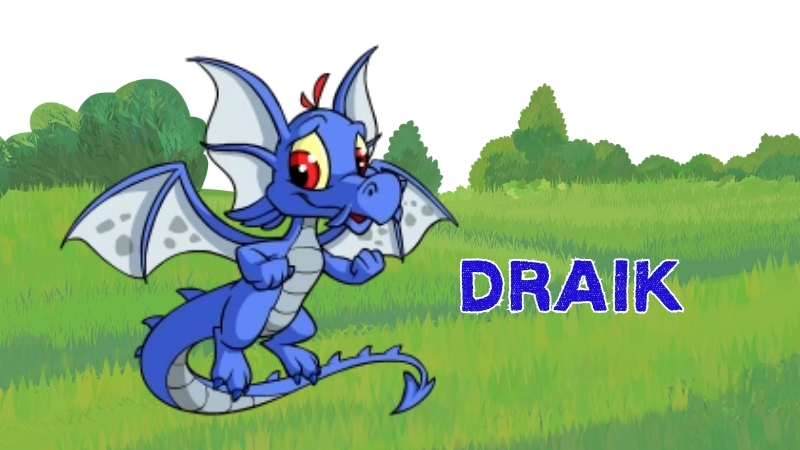
Elephante
The Elephante is a larger-than-average Neopet, recognized for its long trunk, large ears, and fluffy pompom tail. Native to Neopia Central, these playful creatures enjoy exploring, swimming, and participating in competitive games. They are surprisingly skilled in the Battledome and love spending time with friends. Elephantes were discovered on January 13, 2000, and have maintained their cheerful demeanor and unique look, with wings that allow for brief hovering.
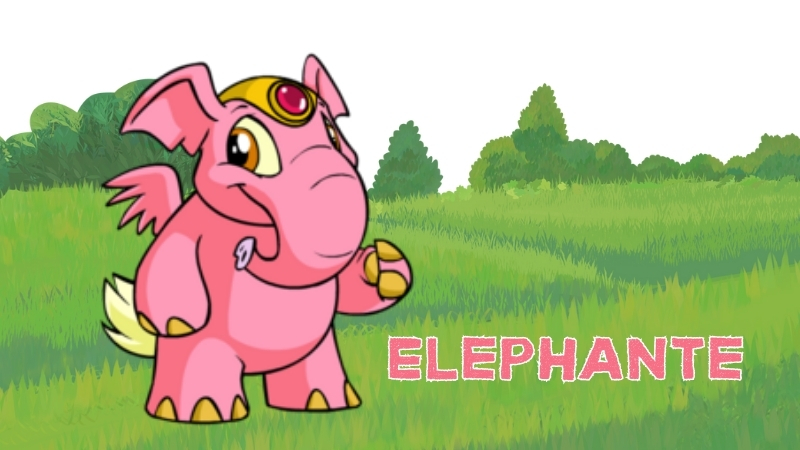
Eyrie
The Eyrie is a majestic, winged Neopet with fur and a beak. Known for its strength and courage, the Eyrie is an excellent flier and always ready for a challenge. Native to Mystery Island, Eyries are proud and fierce, but also friendly and playful. Discovered in Year Two, the Eyrie evolved from its earlier ancestor, the Cerpull, into the winged, feathery creature we know today.
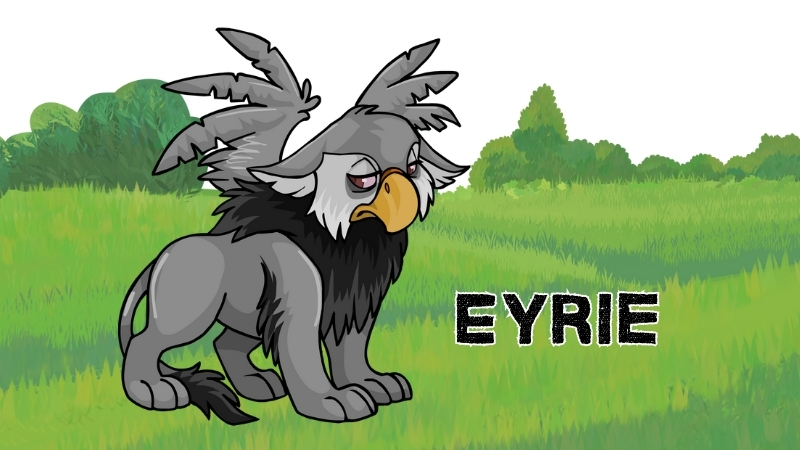
Flotsam
The Flotsam is an aquatic Neopet with smooth skin and flexible forefins, ideal for swift movement through water. These creatures are highly agile underwater and are often found near the oceans of Neopia. Despite their size, they are skilled swimmers and can hold their own in the harshest environments. They possess the unique ability to breathe air, making them versatile in both aquatic and land-based environments.
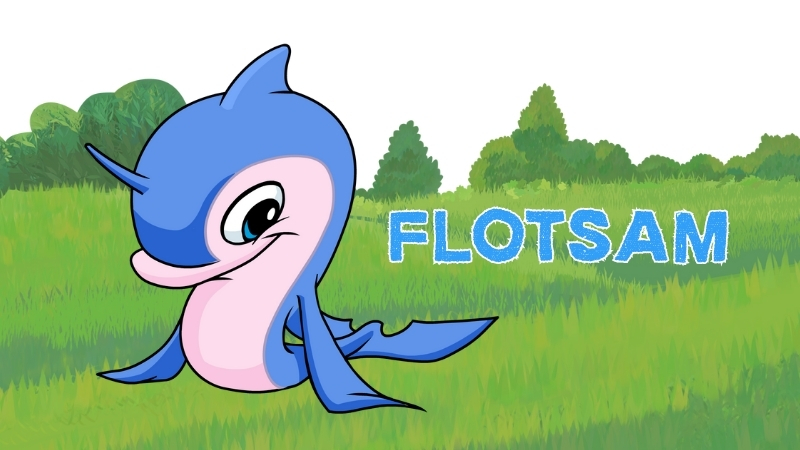
Gelert
The Gelert was officially unveiled on January 25, 2000. This specie is a loyal and athletic Neopet, known for its long, pointed ears, sharp tail, and strong, muscular build. With a reputation for loyalty, these pets are fiercely protective of their friends and will go to great lengths to ensure their safety. Native to Neopia Central, Gelerts are also known for their powerful sense of smell, making them excellent trackers. They are quick and agile, making them formidable opponents in the Battledome.
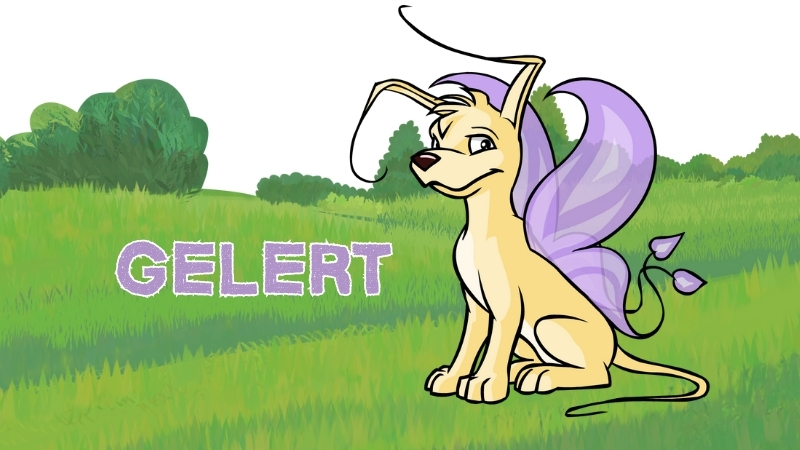
Gnorbu
The Gnorbu is a long-haired Neopet with a flowing mane and floppy ears, making it instantly recognizable. These medium-sized Neopets are known for their cheerful and humorous personalities, often bringing joy to those around them. Native to Neopia Central, Gnorbus are good-natured creatures who enjoy spreading laughter. While they may not be the fastest or strongest Neopets, their patience and ability to find humor in any situation make them great companions. Discovered on January 6, 2006, the Gnorbu originated from an April Fools’ Day joke.
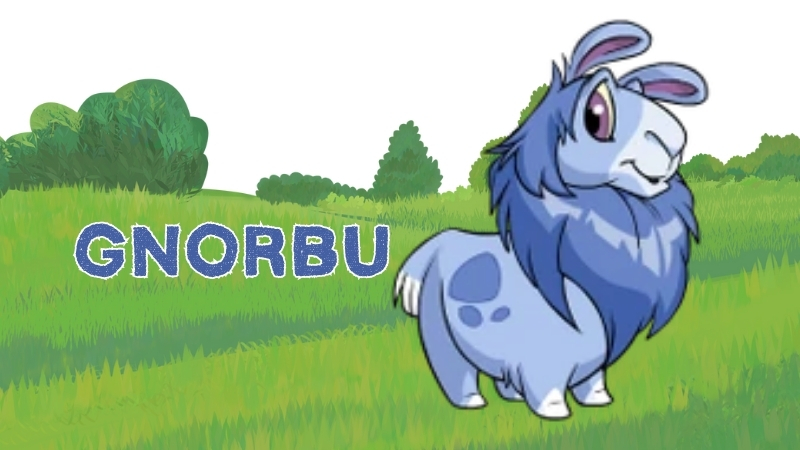
Grarrl
The Grarrl was one of the original Neopets, first discovered in November 1999. The Grarrl is a powerful, scaly Neopet, known for its formidable teeth and muscular build. This fearsome creature walks on two legs and has a broad body, making it one of the larger Neopets. Grarrls are proud and courageous, with a love for battle and physical challenges. Native to Tyrannia, they are often seen training for the Battledome or competing in physical contests. Despite their intimidating appearance, Grarrls are loyal to those they trust and make great companions.
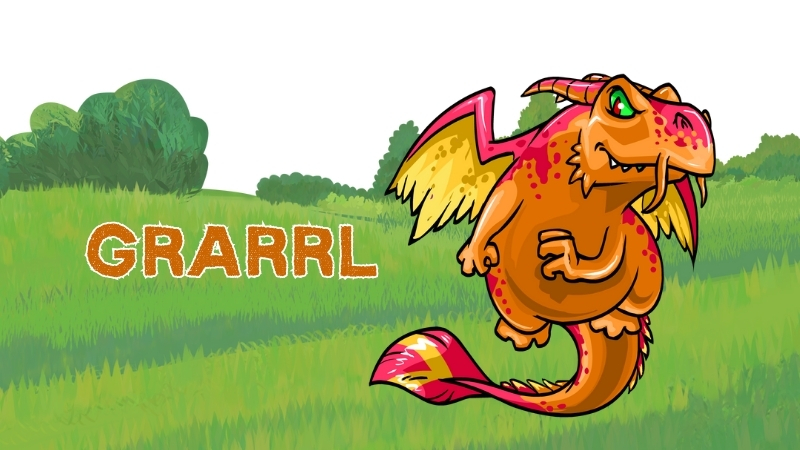
Grundo
The Grundo made its official debut on August 24, 2000, but its origins date back to its abduction by Dr. Sloth from the planet Doran. Grundos were initially enslaved to work for Sloth on the Virtupets Space Station but later escaped with help from Neopians. Native to Kreludor or possibly Doran, they are now found all over Neopia. Known for their large, pupil-less eyes, Grundos have a friendly and adaptable nature. Although not naturally intelligent, they endear themselves with their trusting personalities and strong work ethic.
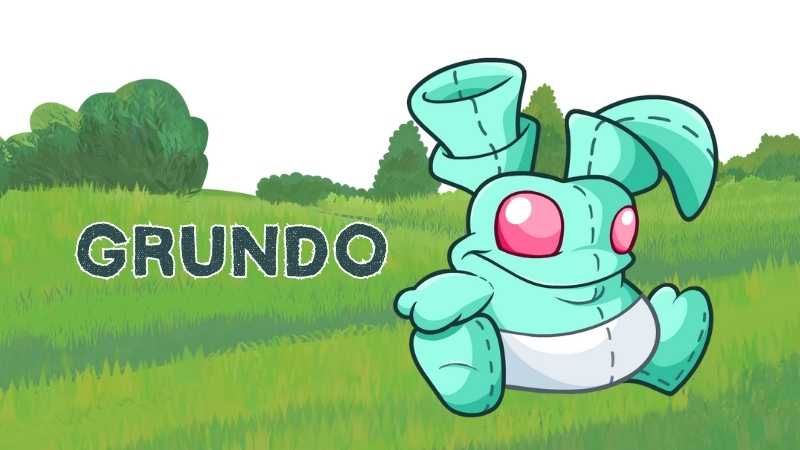
Hissi
The Hissi was discovered on May 4, 2005, marking the 50th species of Neopet. With its scaly body, tail, and wing-like appendages, the Hissi stands out as a serpentine creature. Hissies are known for their sharp senses and love for adventure, often depicted as slithering or flying across Neopia. Native to an unknown land, their design has evolved slightly over time, especially with smoother wings. These pets are fascinated by stories of danger and excitement and enjoy both making and hearing tales of heroism.
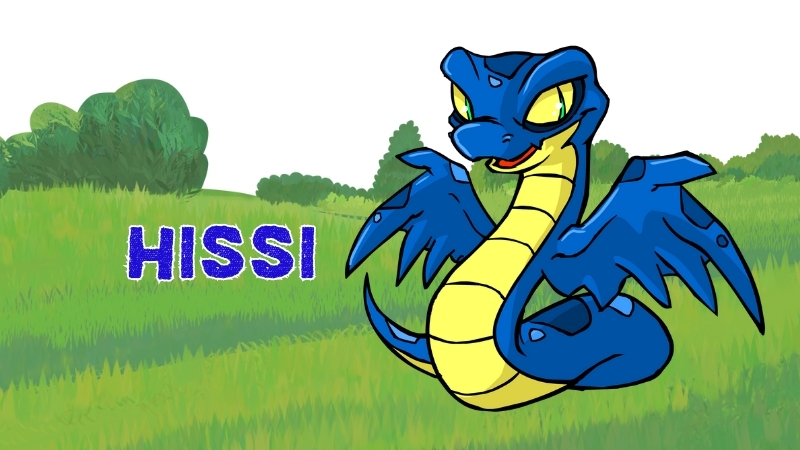
Ixi
The Ixi was first made available on July 11, 2002, as part of Neopia’s Creation Centre. Native to the lush fields of Meridell, these graceful, quadruped Neopets are known for their pointed horns and tufty tails. Ixies are playful and mischievous, often seen bounding across the landscape with a gleam in their eyes. With their slender limbs and shiny hooves, they are agile and quick. Despite their playful side, they can be a bit of a handful for unprepared Neopians. The Ixi’s design has remained mostly unchanged over the years.
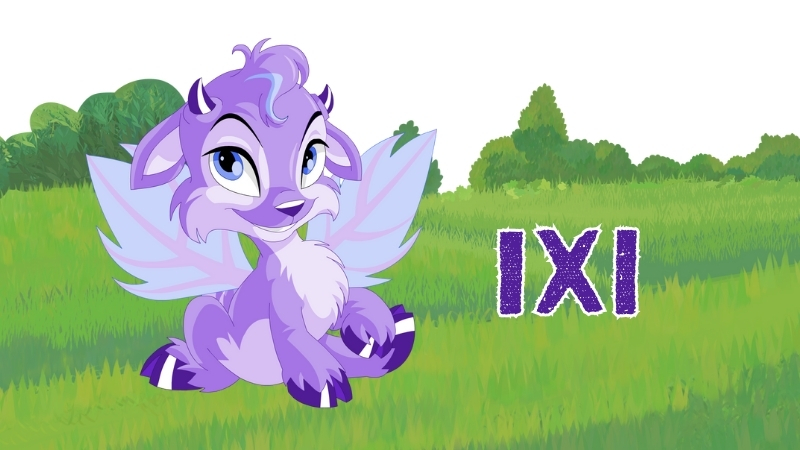
Jetsam
The Jetsam first emerged on November 27, 1999, as a fierce, predatory aquatic Neopet. Recognized for its sharp teeth and fish-like body, Jetsams are natural predators, though they now follow the rules of civilized society. Native to Maraqua, these Neopets are primarily aquatic but can also breathe air. Jetsams were originally designed with a piranha-like appearance, later revamped to a more shark-like form. Despite their intimidating nature, they can form strong bonds with those they trust. Known for their tough personalities, Jetsams often use their predatory reputation to intimidate other pets.
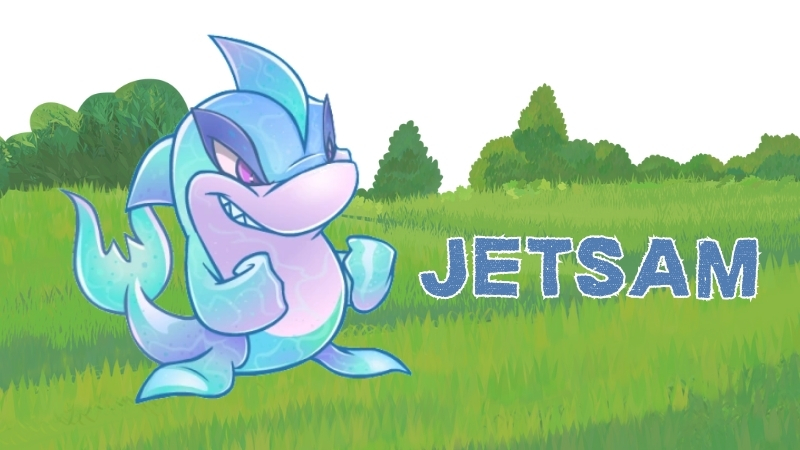
JubJub
The JubJub, one of the oldest Neopets, has been part of Neopia since the prehistoric times, though it wasn’t officially discovered until 6th June. Known for its round body, large feet, and lack of arms, the JubJub is an adorable, fluffy pet with a surprising sense of balance. Despite its small size, the JubJub is known for its mischievous and adventurous spirit, rolling down hills or jumping into thrilling activities. Originally called JibJib, its name was changed due to a copyright issue. JubJubs are often shy but can be brave when faced with danger.
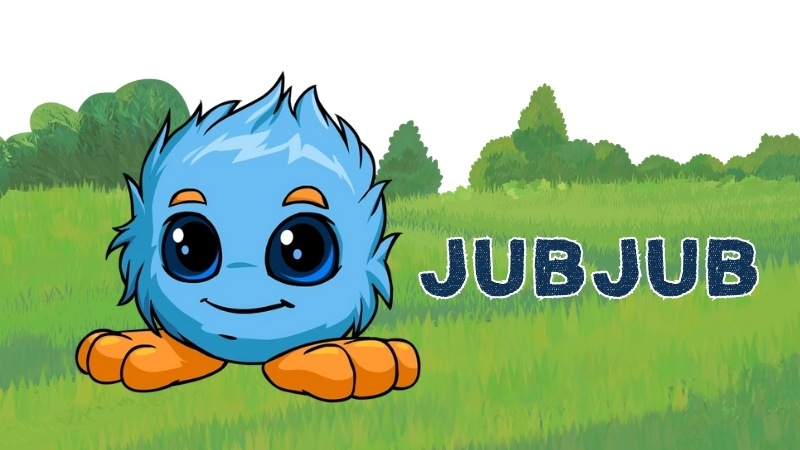
Kacheek
The Kacheek is one of the oldest Neopets, discovered during the prehistoric era, before official records of Neopian events began. These small, furry Neopets are recognized for their friendly smiles, pointed ears, and fluffy tails. Native to Neopia Central, Kacheeks are known for their peaceful, quiet nature. They prefer living in rural areas with lush fields and flowers. The Kacheek was originally called the Badeek, but its name was changed in Year Two due to a copyright issue. Kacheeks have remained a popular and beloved species, known for their gentle and friendly personalities.
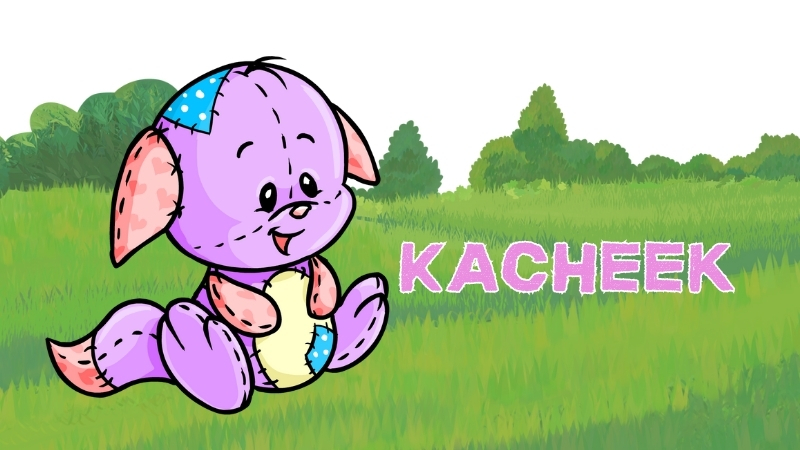
Kau
The Kau was discovered to Neopians on July 26, 2000 as a cheerful quadruped with distinctive large ears and horns. Native to Neopia Central, Kaus are friendly creatures that prefer living in herds, where they engage in social activities and enjoy singing. Known for their gentle nature, they also make effective Battledome competitors, using their horns for sparring. Despite their kind temperament, Kaus tend to dislike Buzz and may get agitated by them. The Kau’s design has remained fairly consistent, with minor adjustments over the years.
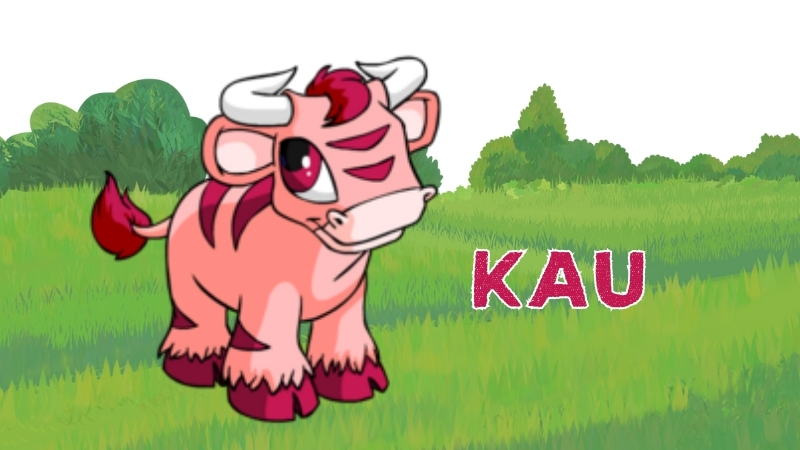
Kiko
The Kiko first appeared in Neopia during the prehistoric era. With its round body and distinctive plaster on its forehead, the Kiko is one of the more unique Neopets. It can move by floating in air and water, and it enjoys bouncing as well. Kikos are playful creatures that thrive in environments near water, such as Kiko Lake. These small pets have a sweet tooth, often seen indulging in sugary treats. The Kiko was one of the first pets to be discovered before official Neopian records were kept, and its design has evolved slightly over the years.
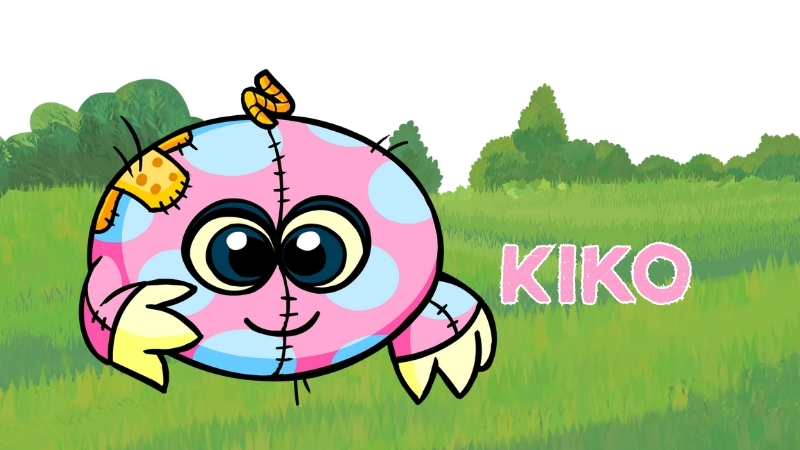
Koi
The Koi was discovered on October 6, 2000, and hails from the aquatic region of Maraqua. Kois are small, fish-like Neopets known for their creativity and resourcefulness. They use their forefins as makeshift arms and are at home both in fresh and saltwater environments. Kois love treasure hunting, often seen collecting pearls and gems from the ruins of Maraqua. Though originally not Limited Edition, they became harder to find after the destruction of Old Maraqua. Kois are playful and outgoing, and they prefer to live in their underwater habitats.
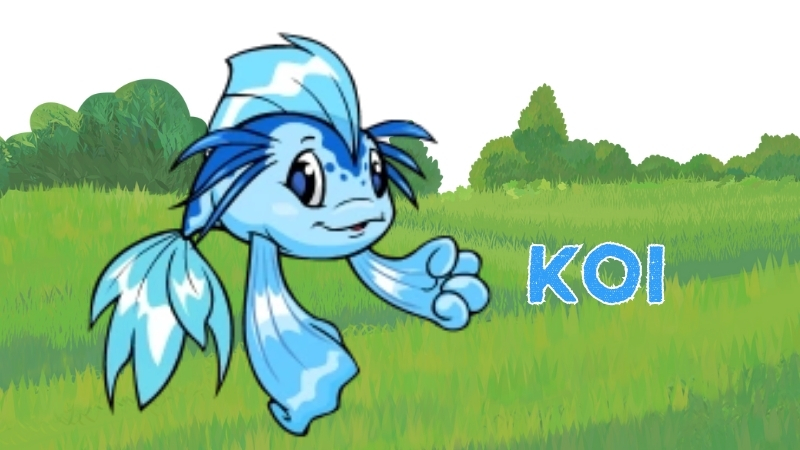
Korbat
The Korbat was discovered as one of the prehistoric Neopets before official records were kept. Known for its large wings and bat-like appearance, the Korbat is a nocturnal creature native to Neopia Central. Despite its resemblance to a vampire bat, Korbats are friendly and sociable, often sleeping upside down during the day. Their excellent hearing allows them to navigate through darkness. First discovered before Neopia’s official records, the Korbat’s design has evolved over the years, with noticeable changes to its ears, tail, and facial expression.
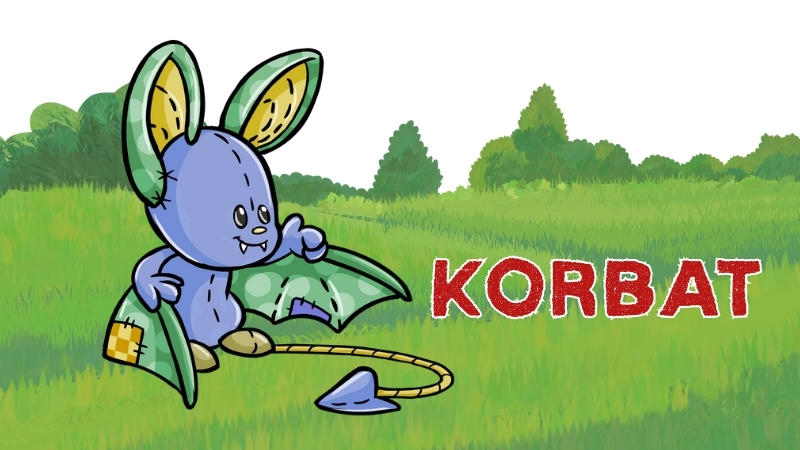
Kougra
The Kougra was discovered on August 10, 2000, as a feline quadruped with a long, striped tail. Native to the lush forests of Mystery Island, Kougras are playful and energetic pets, often seen pouncing and mock-fighting with friends. Known for their pride and agility, Kougras are adept fighters and are often used in the Battledome. The first design of the Kougra was initially met with mixed reactions but quickly became one of Neopia’s most beloved pets. Over the years, its design has evolved, improving its overall look and appearance.
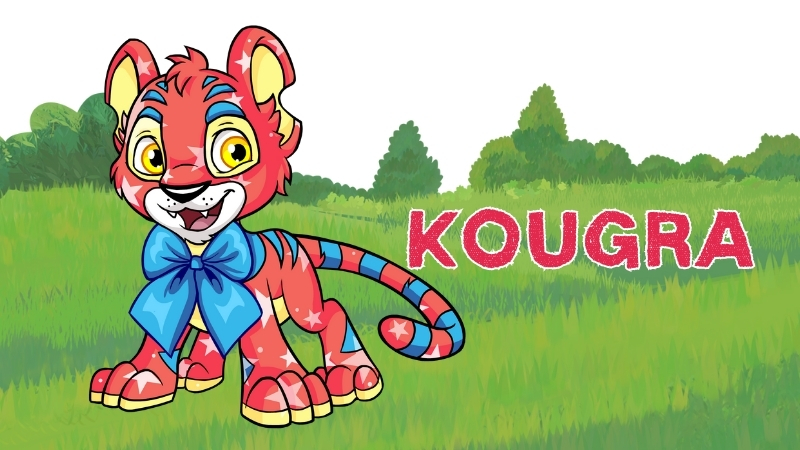
Krawk
The Krawk was discovered to Neopia on January 10, 2002, as a rare, scaly Neopet originating from Krawk Island. Known for its sharp teeth and mane-like crest, Krawks are mischievous yet loyal pets. They have a taste for the fungus that grows on the island and can evolve from Petpets, making them unique among Neopets. The Krawk’s introduction was special as it was one of the few restricted pets at the time. Though their design has remained mostly unchanged, they continue to be a popular and sought-after pet for collectors.
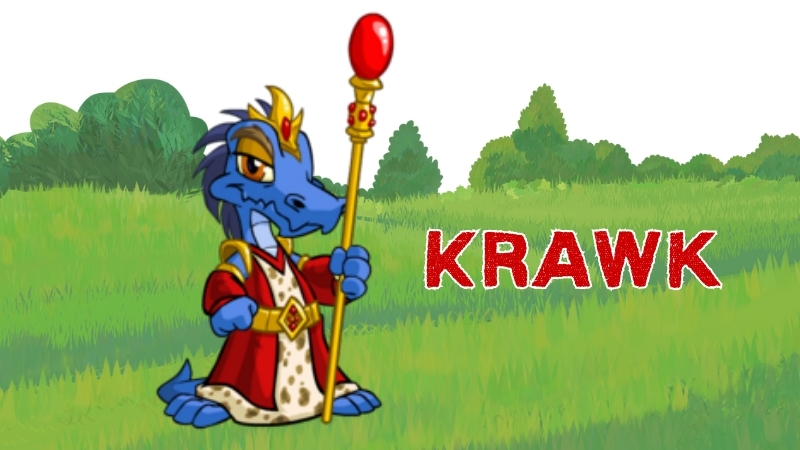
Kyrii
The Kyrii was discovered on February 9, 2001, after a drastic redesign from its earlier version known as the Fuzio. This furry Neopet is known for its large pointed ears, flowing mane, and wide smile. Kyriis are social and proud of their manes, often seen as business-savvy pets with a knack for gossip and magic. Native to an unknown region, the Kyrii quickly became a popular pet due to its graceful appearance and energetic personality. Its design has changed minimally since its introduction, with a focus on refining the body shape and adding more details.
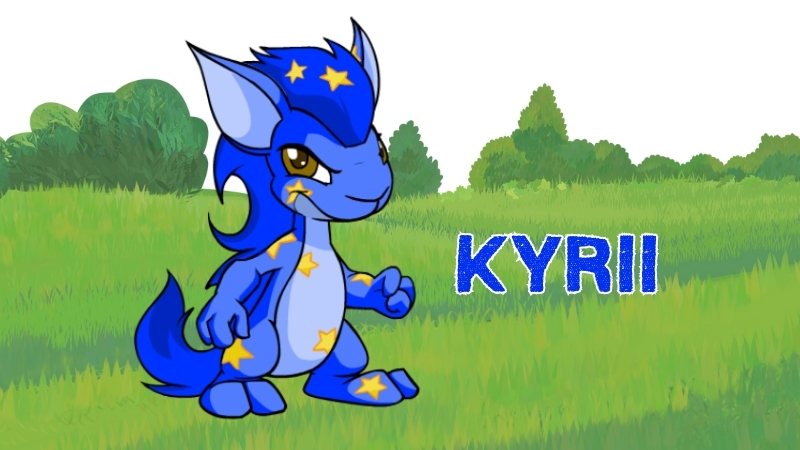
Lenny
The Lenny, discovered before official records were kept, is a feathery Neopet with a tall, slender body and large wings. Native to Neopia Central, Lennies are known for their intelligence and curiosity, often delving into puzzles, riddles, and magic. Though they appear to be tall, they are actually medium-sized pets. Lennies are capable of flight, though they prefer spending time on the ground. Their sharp minds and love of learning make them exceptional at solving problems. Over the years, their design has undergone several changes, improving the proportions of their neck, beak, and wings.
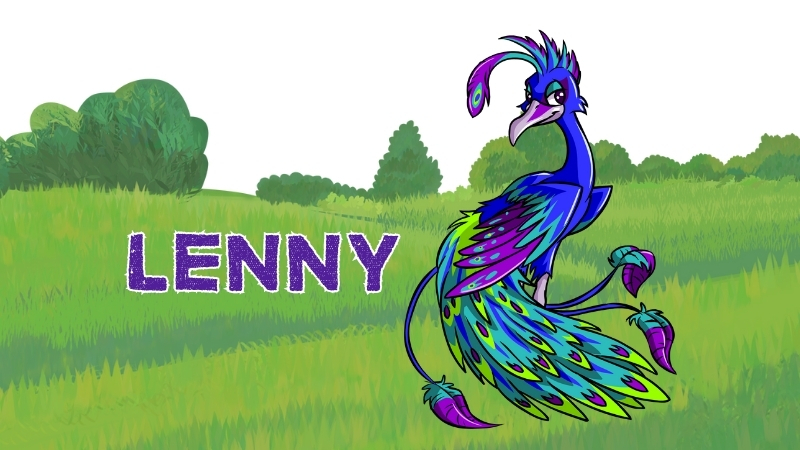
Lupe
The Lupe was first discovered to Neopia on January 13, 2000, as a medium-sized quadruped with distinctive pointed ears, fluffy fur, and a strong, loyal nature. Native to an unknown region, Lupes are social creatures often found in groups called “packs.” Known for their strength, speed, and love for moonlight, they make great companions. Over the years, their design has evolved to emphasize their proud, regal appearance, with a more defined fluffy chest and sharper features, setting them apart from other similar species like the Gelert.
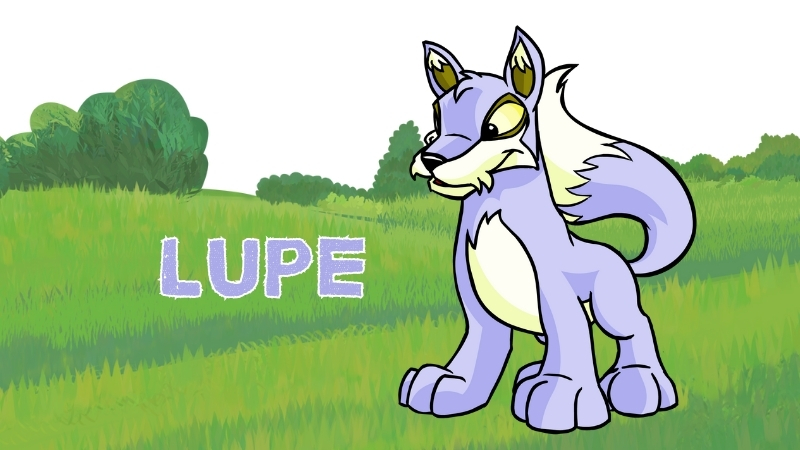
Lutari
The Lutari made its official debut on April 19, 2006. Inspired by otters, Lutaris are skilled swimmers with large claws, making them excellent at both swimming and climbing. Originating from Lutari Island, this species was initially designed for Neopets Mobile, which limited its availability. The Lutari is known for its playful personality and love for water activities, making it a popular pet for aquatic-themed Neohomes. Despite its unique origin, its design remains consistent, with only slight changes to emphasize its aquatic lifestyle.
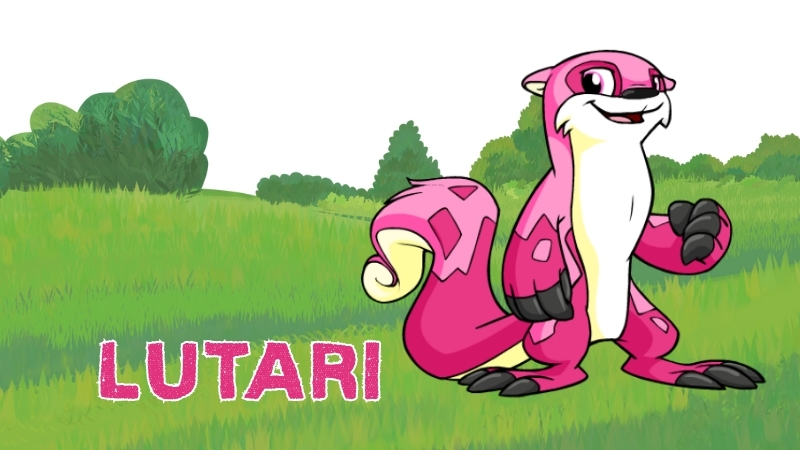
Meerca
The Meerca was discovered on February 7, 2001, as a small, two-footed Neopet with a long, flexible tail. Known for their mischievous nature, Meercas enjoy playing pranks and are quite dexterous, able to move and hide things with ease. They are also fond of fresh Neopian vegetables, especially Neggs. Meercas originate from unknown regions but are commonly seen around Neopia. The original design was quirky, emphasizing their tail, but over time, Meercas became more agile and playful in their appearance.
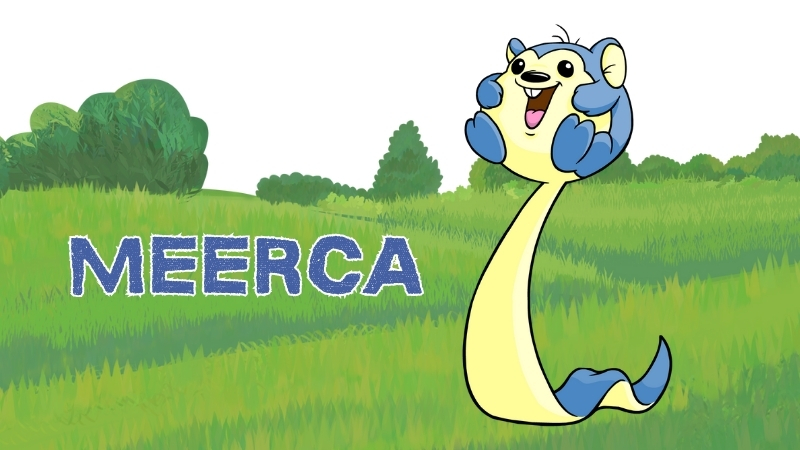
Moehog
The Moehog was discovered on July 5, 2000, as a quadruped Neopet with large, curved tusks and a distinctive snout. Native to the mountainous regions of Neopia, Moehogs are sturdy and capable of carrying heavy loads, although they prefer to play games rather than work. Moehogs are friendly and energetic, often seen engaging in snorting contests and play-fighting with other Moehogs. Their unique language, known as Moehog, consists of grunts and squeals. The design has remained relatively unchanged, though early artwork featured a different, more awkward pose.
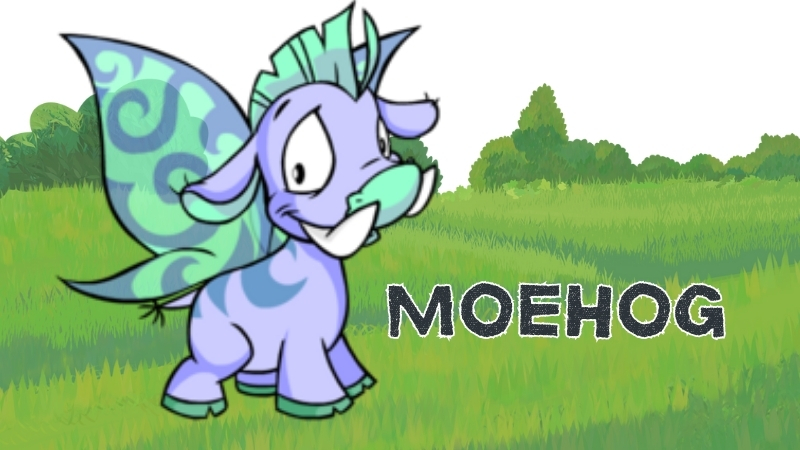
Mynci
The Mynci first appeared on June 29, 2000, as a small, two-legged Neopet with a long curly tail, large ears, and a mischievous nature. Originating from tropical jungles, especially Mystery Island, Myncies are excellent climbers and are known for their love of fruit, especially bananas. They are agile and strong, and although they enjoy pranks, Myncies prefer to avoid darker, evil forces. The Mynci was initially created to replace a previous, less successful design. Its evolution from a fluffier, simpler creature into the agile, playful Mynci we know today has been well-received by Neopians.
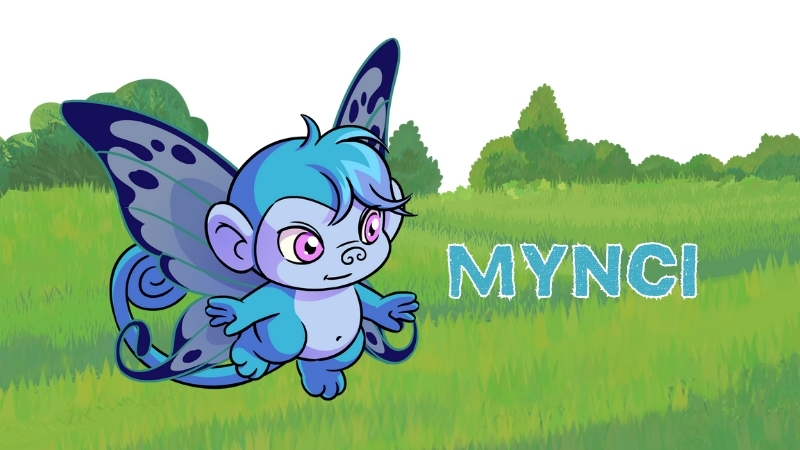
Nimmo
The Nimmo, discovered before official Neopian records were kept, is a larger Neopet with strong legs and a distinctive long tongue. Found all over Neopia, Nimmos are skilled swimmers and prize intelligence, often pursuing spiritual balance and martial arts. Their original design, seen as early as Year Two, featured a clumsier body with a dark stripe across its middle, which has since been refined. Nimmos enjoy peaceful surroundings and are deeply in tune with nature. Over time, their design has been adjusted to present a more streamlined, elegant look while keeping their defining features.
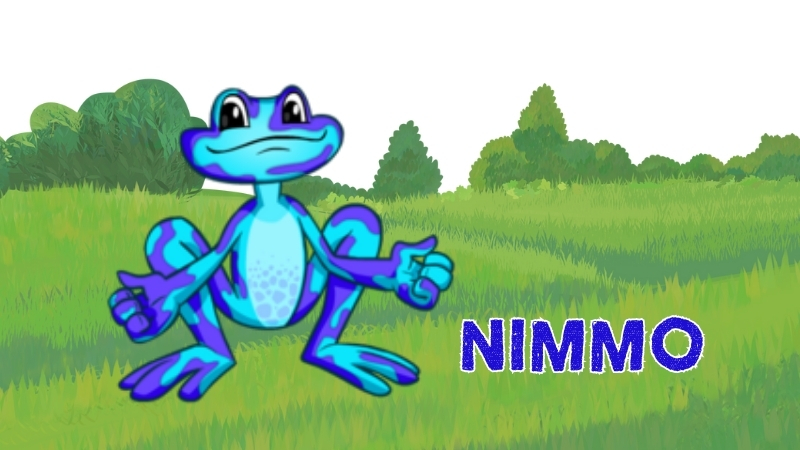
Ogrin
The Ogrin was discovered on December 27, 2005, as a quadruped Neopet with a distinctive ruff around its neck and large, tassel-like ears. Known for their intelligence and curiosity, Ogrins appreciate nature and enjoy exploring, though they prefer a cozy environment. Their design has remained consistent, with minor adjustments to their facial expression. Despite their gentle nature, Ogrins can use their strength to defend themselves when needed. Originally discovered with a serious demeanor, their expression has softened over time, making them more approachable to Neopians.
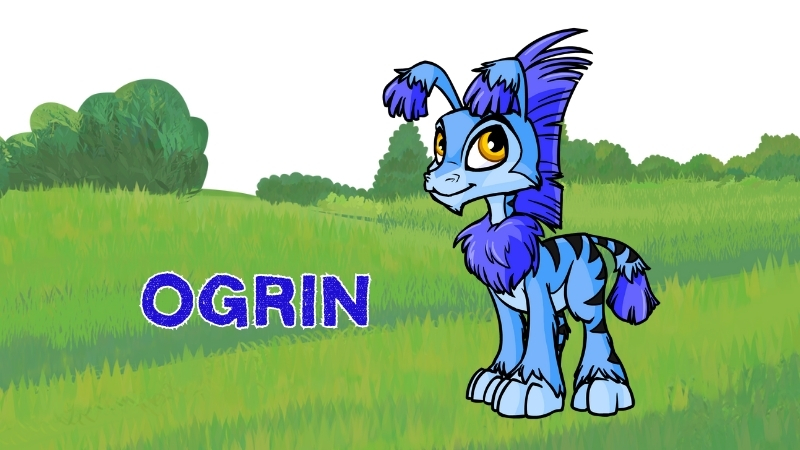
Peophin
The Peophin was first discovered on February 10, 2000, as a graceful, aquatic Neopet native to Maraqua. With a sleek body, hooved forelegs, and a long, flowing tail, the Peophin is a symbol of beauty and elegance. Though aquatic, they are also capable of floating on land using magic. Originally, only 1,000 Peophins were available, making it a Limited Edition pet. Over the years, the Peophin’s design has evolved, with its tail reshaped and its mane lengthened, but its core features have remained largely unchanged, maintaining its iconic appearance.
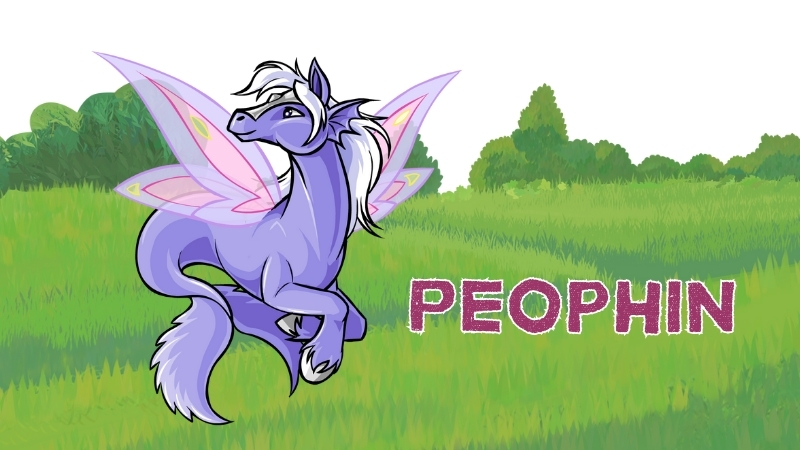
Poogle
The Poogle made its debut in Neopia on July 14, 2000. This quadruped is known for its large, downturned ears and its small, chubby body. Native to Terror Mountain, Poogles are playful and competitive pets, often enjoying games like card games and races. Although they have sharp teeth, they are known more for their cuteness and affection rather than aggressiveness. Poogles also have an exclusive Malevolent Sentient Plushie color, which gives them a mischievous appearance. Their design has remained fairly consistent, evolving only slightly over the years.
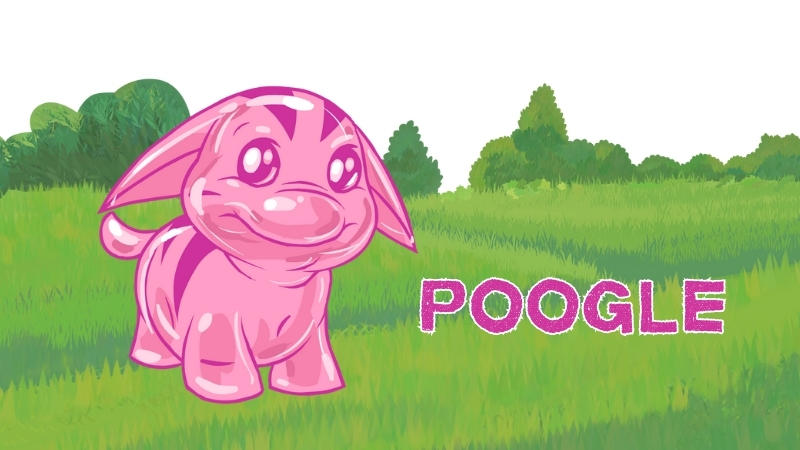
Pteri
The Pteri was discovered in Neopia on May 16, 2001. Native to the hot and dusty plains of Tyrannia, Pteris are small, feathered creatures with wings suited for flight. Known for their mischievous nature, they are often seen perched in trees or playing pranks. Pteris enjoy high-altitude views, and their sense of humor makes them popular companions. The pet’s early artwork depicted them in a more defensive pose, reflecting the tense environment of their homeland, but over time, their playful characteristics have been emphasized in newer designs.
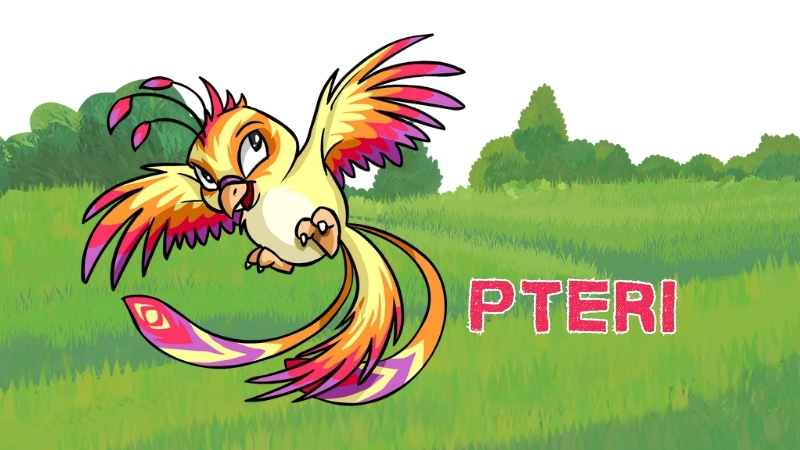
Quiggle
The Quiggle was discovered in Neopia on April 18, 2000. With its large, round eyes, small sturdy body, and long, flexible tongue, this playful pet can be found bouncing around or splashing in water. Quiggles are a jovial species that enjoys telling jokes, playing in puddles, and munching on fresh vegetables, particularly Neggs. They are equally at home on land or in water and have a quirky habit of wearing a sticking plaster on their forehead. Initially known as the Frogstomp, their design evolved significantly to emphasize their amphibious, fun-loving nature.
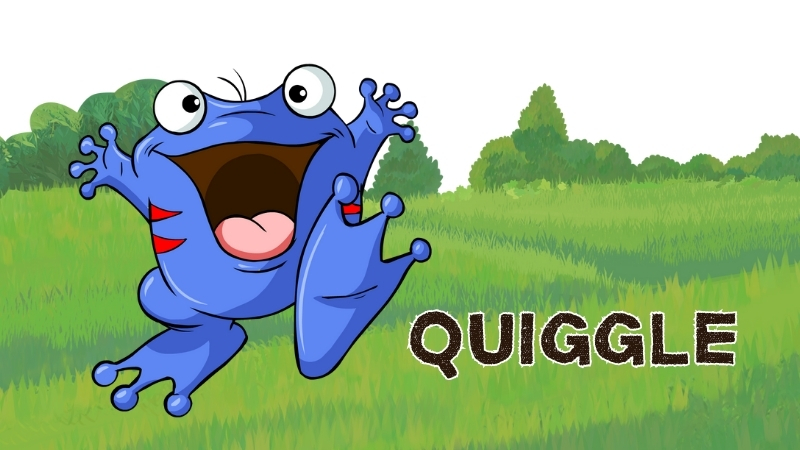
Ruki
The Ruki was discovered on July 29, 2004, as a six-limbed Neopet with tough, plated skin and large antennae. Native to the Lost Desert, Rukis are tough and adaptable, thriving in harsh climates. With a powerful build and a natural armor, they excel in survival and love to explore new regions of Neopia. Though their design has remained mostly the same, their appearance was refined to showcase their strong limbs and tough exterior. Rukis are playful and social, often engaging in friendly sparring and exploring Neopia’s various wonders.
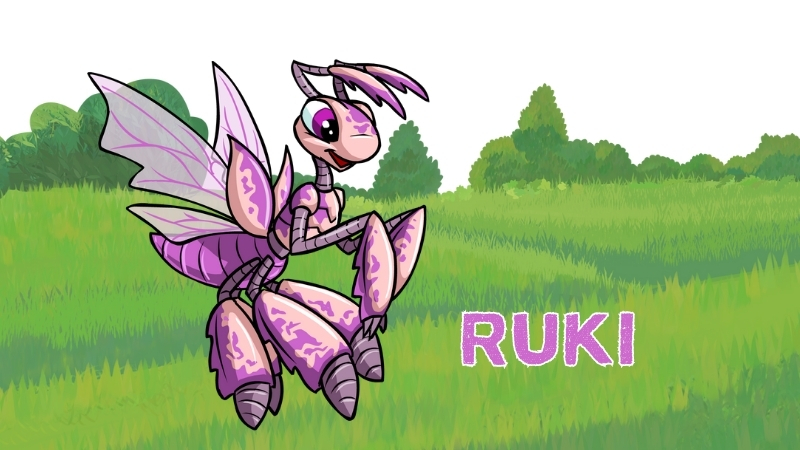
Scorchio
The Scorchio was first discovered in the prehistoric days of Neopia. Known for its spiky appearance, large wings, and the ability to blow fire, Scorchios are fiery and fearless creatures. Native to the volcanic regions of Tyrannia, they thrive in hot environments. Initially resembling a Korbat, the Scorchio underwent a major redesign to give it a more dragon-like appearance. Over time, Scorchios became widely loved for their fiery personalities and their adventurous nature, always willing to protect Neopia from threats. Their design has been refined, yet their essence remains unchanged.
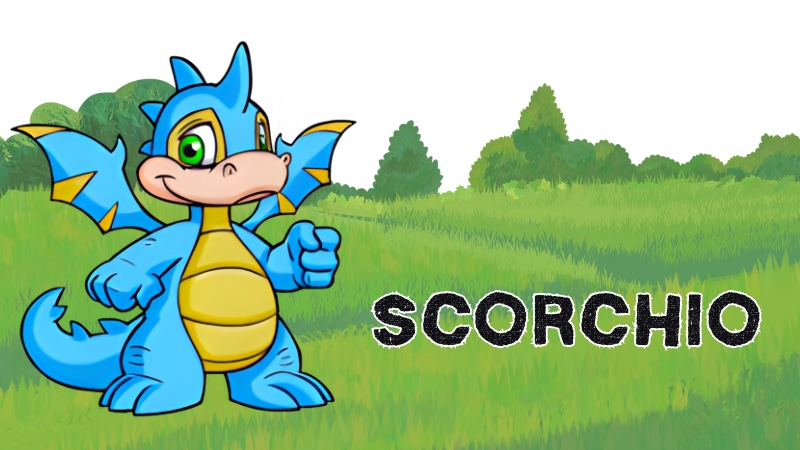
Shoyru
The Shoyru made its first appearance in Neopia on April 20, 2000. A sleek, winged pet with a long, thick tail, Shoyrus are known for their love of flight and graceful movements. Native to Neopia Central, Shoyrus are often seen soaring through the skies, though they require practice to master flight. Their thoughtful eyes and elegant wings have remained largely unchanged over the years. Shoyrus are sociable, making loyal companions. Their fiery temper and strong-willed nature make them both a challenge and a delight for owners, which adds to their charm.
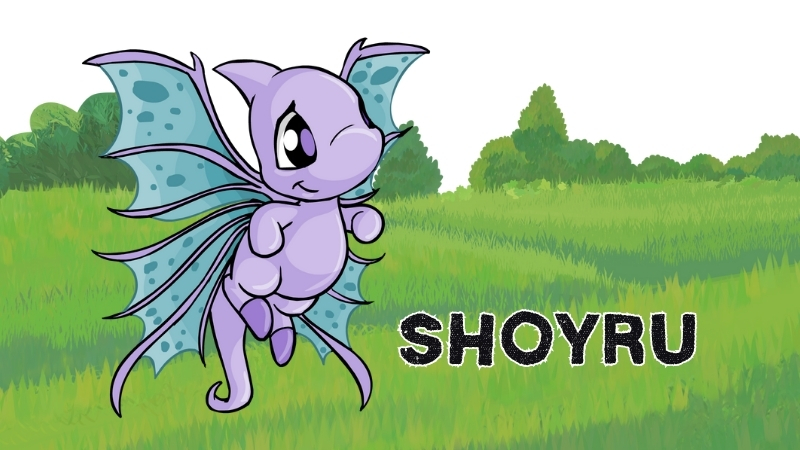
Skeith
The Skeith was discovered in Neopia during the prehistoric era, making it one of the oldest Neopets. With a strong, bulky body and a distinct underbite, Skeiths are known for their immense strength. Native to Neopia Central, Skeiths enjoy hoarding treasures and eating a wide variety of foods, including things that other Neopets wouldn’t touch. Despite their tough exterior, they can be surprisingly lazy, delegating tasks to others. Over the years, their design has remained relatively consistent, although early versions of the Skeith were slightly less imposing than the current, powerful version.
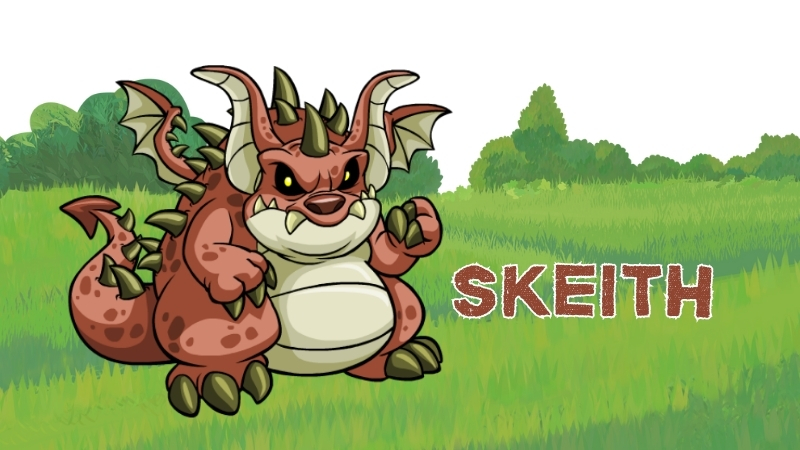
Techo
The Techo made its first appearance on June 7, 2000, as a small, scaly Neopet with a long, sturdy tail and large, expressive eyes. Native to Neopia Central, Techos are known for their laid-back, easygoing nature. While they enjoy relaxing and making others laugh, they can also be surprisingly resilient when needed. Their early designs showed them as somewhat serious, but this was later adjusted to reflect their fun-loving personality. With their distinct three-toed feet and strong tails, Techos are endearing pets that can be found across Neopia in a variety of settings.
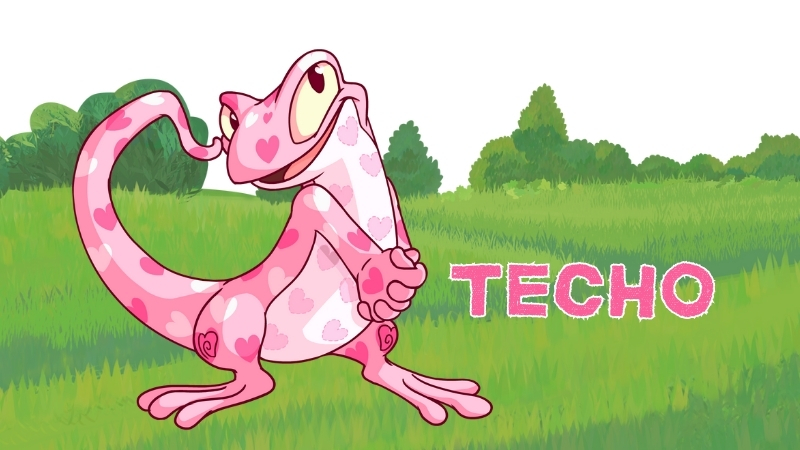
Tonu
The Tonu was discovered on February 21, 2002 as a quadruped Neopet with leathery skin and a prominent horn on its nose. Native to Tyrannia, Tonus are known for their boisterous nature, large appetites, and love for running and playing games. Despite their playful nature, they have a strong build and can be a bit clumsy at times. Over the years, their design has remained consistent, though their early versions were a bit timider than today’s more confident appearance.
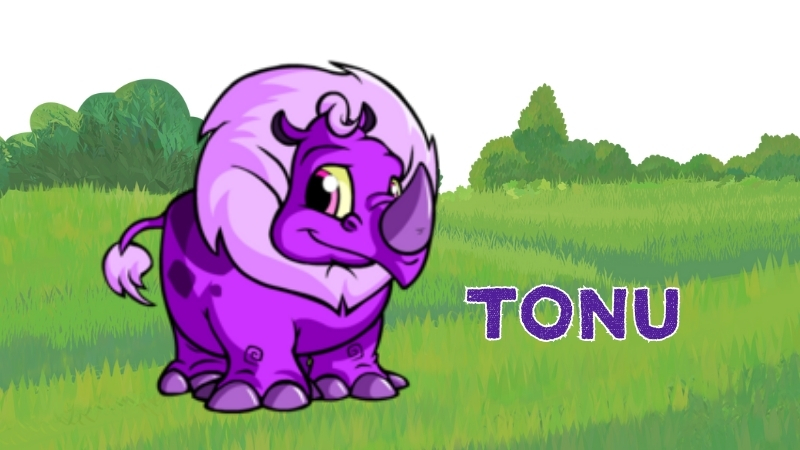
Tuskaninny
The Tuskaninny made its debut on November 27, 1999. Native to Neopia Central, it is an aquatic Neopet with a smooth-skinned body, large forefins, and a fishlike tail. Known for their playful nature, Tuskaninnies love spending time near water and enjoy activities like swimming and learning new things. Although they are a bit slow on land, they excel in aquatic environments. Initially, their design was round and bulky, but over time, it was revamped to better suit their swimming lifestyle, with more streamlined features and enhanced fins.
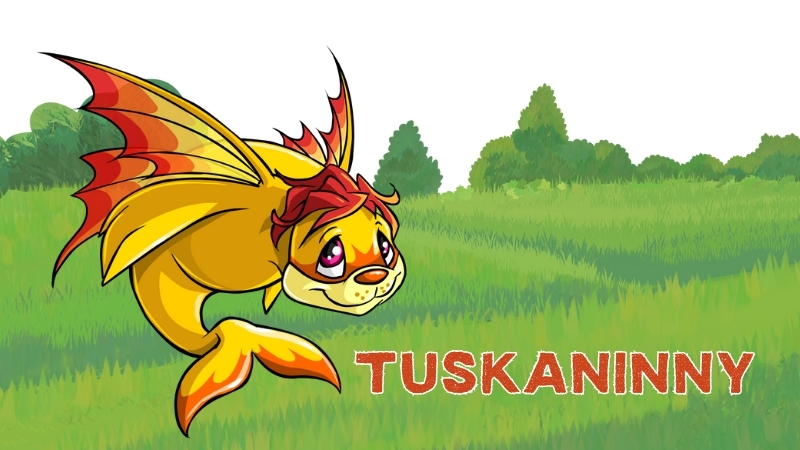
Uni
The Uni is one of the oldest Neopets, first discovered in prehistoric times. With its graceful body, hooves, and winged back, the Uni is reminiscent of the mythical unicorn. Native to Neopia Central, Unis are known for their pride in their appearance, spending time grooming and accessorizing. Their wings allow them to fly gracefully, and they are often seen soaring through Neopia. The Uni has been a beloved pet since its creation, with slight modifications made to its design over the years, particularly in making it more realistic and three-dimensional.
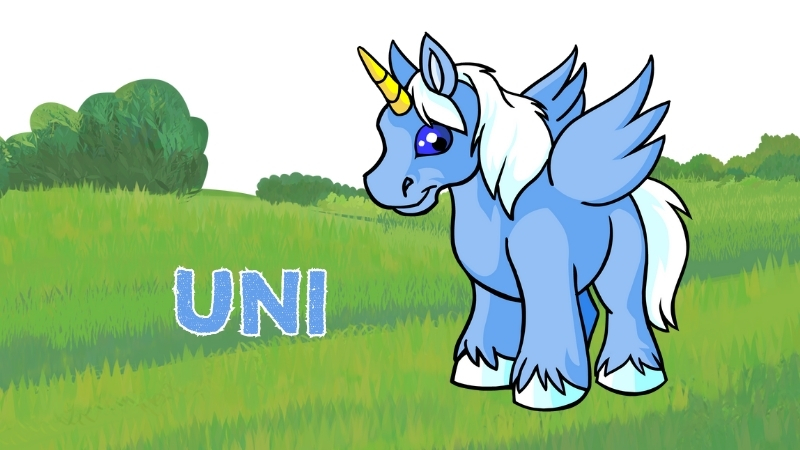
Usul
The Usul is a furry, social Neopet that stands on two legs. Native to Terror Mountain, Usuls are known for their fluffy ears, tails, and ruff of fur around their neck. They are playful and enjoy spending time in communities, particularly with friends. Their warm fur makes them well-suited to cold climates, and many can be found engaging in winter sports. Usuls are very grooming-conscious, often spending hours tending to their appearance. The Usul has maintained its appearance since prehistoric times, with minor changes in color and design over the years.
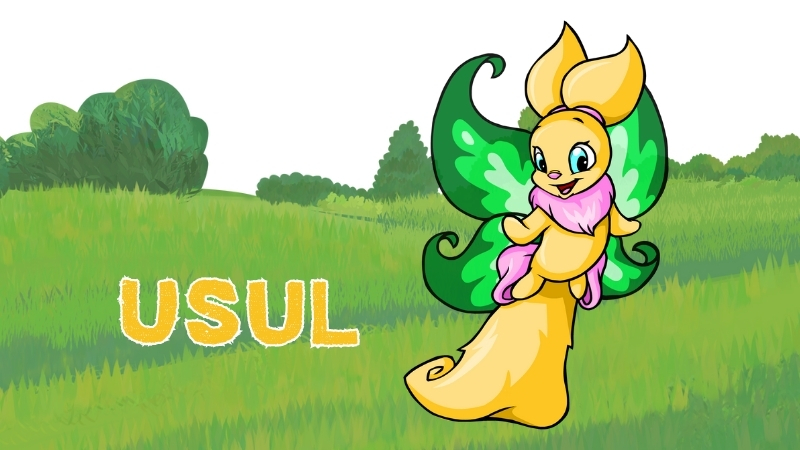
Vandagyre
The Vandagyre, a feathered Neopet, was discovered on November 14, 2014. Native to mountainous regions, Vandagyres are known for their wisdom and fondness for reading and gardening. They are capable of flight and are often seen in Neopia enjoying a peaceful tea or pondering life’s mysteries. Vandagyres have a unique language and are devoted to a figure known as the Great Feather. Their design has remained consistent since their introduction, and they are known for their picky fashion sense, only wearing items released after their debut.
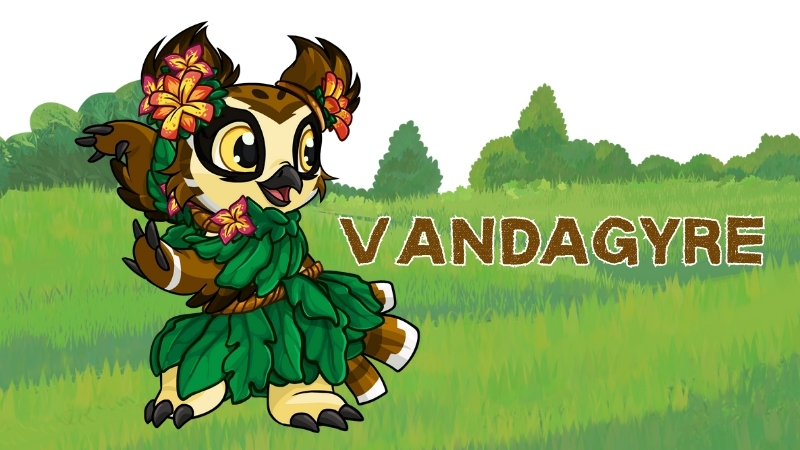
Varwolf
The Varwolf was discovered on March 26, 2025. This reclusive, canine-like Neopet has thick fur and long, protruding upper canine teeth. Native to the Haunted Woods, Varwolves prefer dark, spooky habitats and are known for their ability to camouflage in the shadows. They are scavengers, often found searching for food in the woods. Although the Varwolf was teased in 2005, it wasn’t until 2025 that it became available to Neopians, initially only for Premium users. With heightened senses and a mysterious nature, Varwolves are an intriguing addition to Neopia.
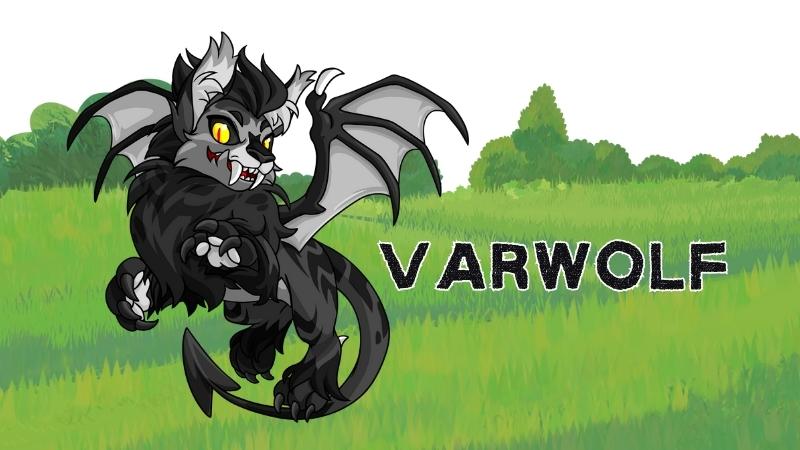
Wocky
The Wocky was discovered in prehistoric times and is known for its furry coat and large, fluffy tail. Native to Neopia Central, Wockies are adventurous and curious creatures, often seeking out new experiences. Their heightened sense of smell and sharp visual and auditory perception make them excellent explorers. The Wocky’s design has evolved slightly over the years, but it has retained its signature ruff and fluffy tail. Early artwork mistakenly showed the Wocky chasing Chias, but this reference has since been removed. Today, Wockies are known for their alertness and love of exploration.
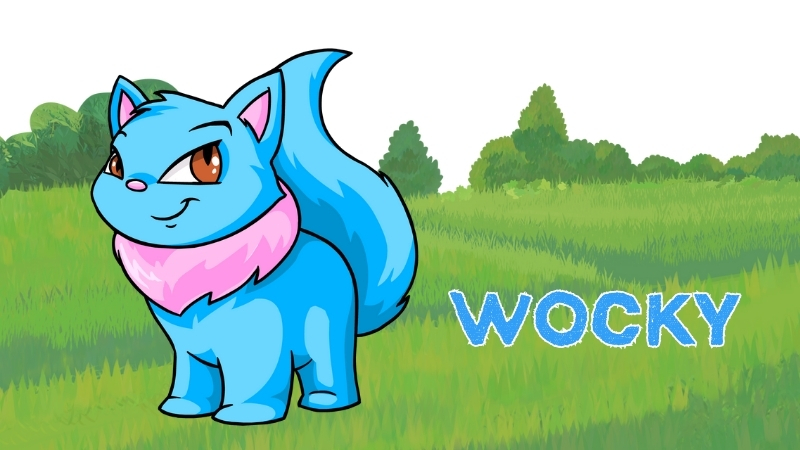
Xweetok
The Xweetok was first discovered on November 30, 2005. Native to Neopia’s temperate forests, Xweetoks are quick and lively, enjoying energetic games like tag. They have a large, fluffy mane that extends down their back, making them easily recognizable. Known for being friendly and outgoing, Xweetoks enjoy interacting with Neopians and their pets. Their sweet tooth makes them fond of berries and nuts, and they often indulge in treats like jelly beans. The Xweetok’s design has remained fairly consistent since its introduction, though it has undergone minor updates to enhance its appearance.
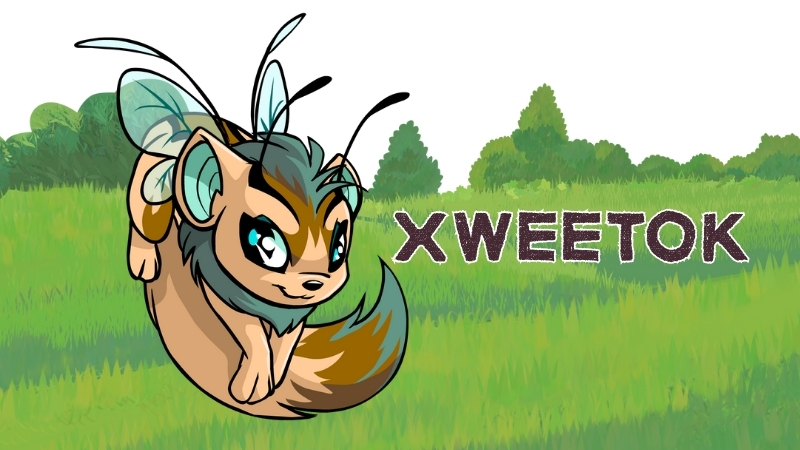
Yurble
The Yurble was discovered on May 28, 2004. This furry Neopet, native to Neopia Central, walks on two legs and is known for its large, fluffy mane and unique curled-up ears. Yurbles are cheerful, with large appetites and a love for the outdoors. They enjoy activities like camping, exploring, and running through the grass. Their joyful nature makes them excellent companions. Over the years, Yurbles have remained mostly unchanged in appearance, with minor updates to their design, preserving their endearing qualities while maintaining their reputation as friendly, adventure-loving pets.
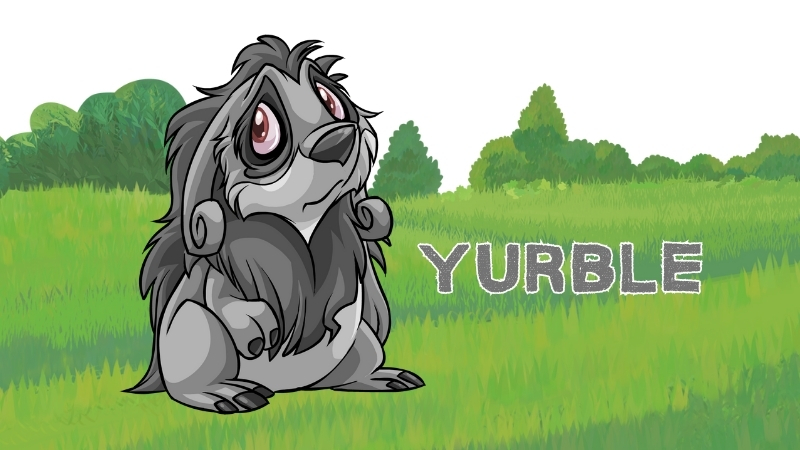
Zafara
The Zafara, first discovered on May 25, 2000, is a furry Neopet known for its large floppy ears, long tail, and spiky ridges along its spine. Native to Neopia Central, Zafaras are adventurous pets who can adapt to a variety of habitats. They are strong and resourceful, with a playful yet determined nature. The Zafara has a long history in Neopia and has evolved over time, with its design receiving minor tweaks to enhance its features. The species is also famous for its civil war, known as the Zafara War, a significant part of their lore.
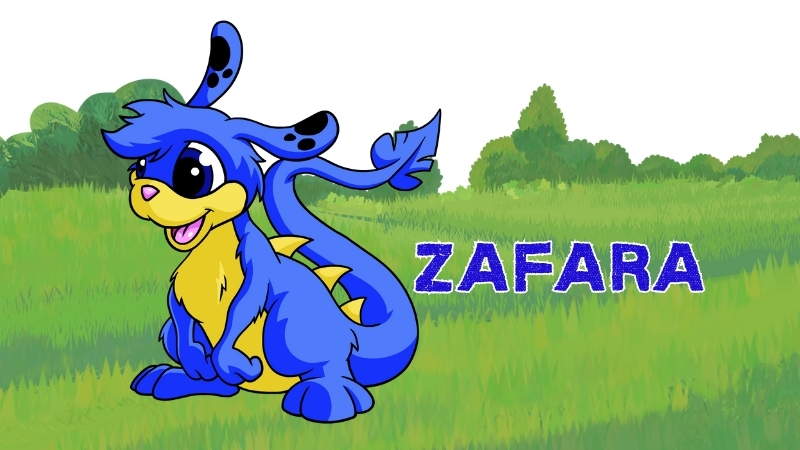
Neopets offers a vibrant array of 56 adoptable species, each with unique traits and abilities that enrich the Neopian experience. From aquatic creatures like the Flotsam to flying pets like the Eyrie, every species adds its own charm to the world of Neopia. Whether agile, magical, or mischievous, these pets have evolved over time, showcasing diverse personalities and skills. The ever-growing world of Neopets continues to captivate players with its imaginative designs. Follow AntGames for more updated information on your favorite species and the exciting world of Neopets!
